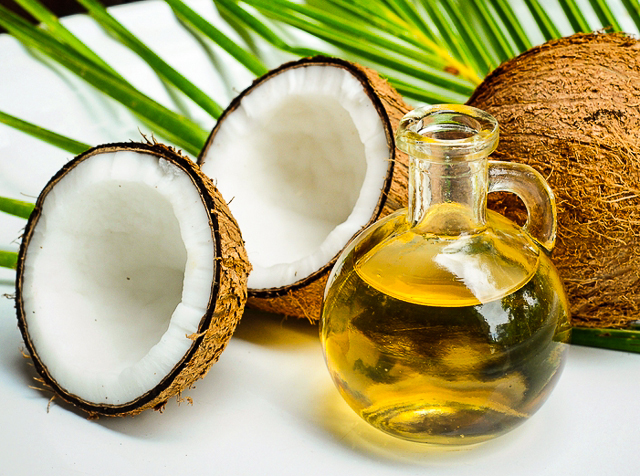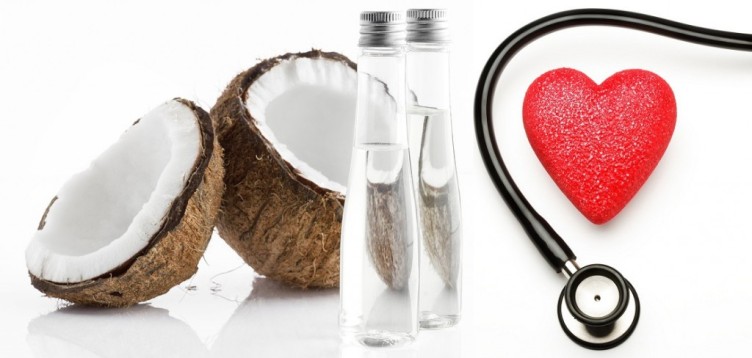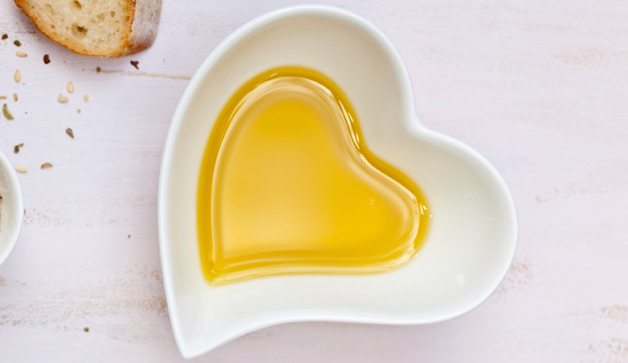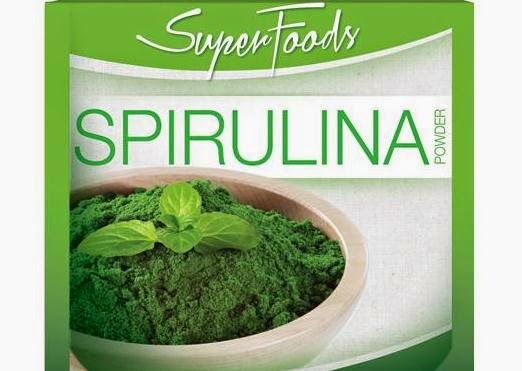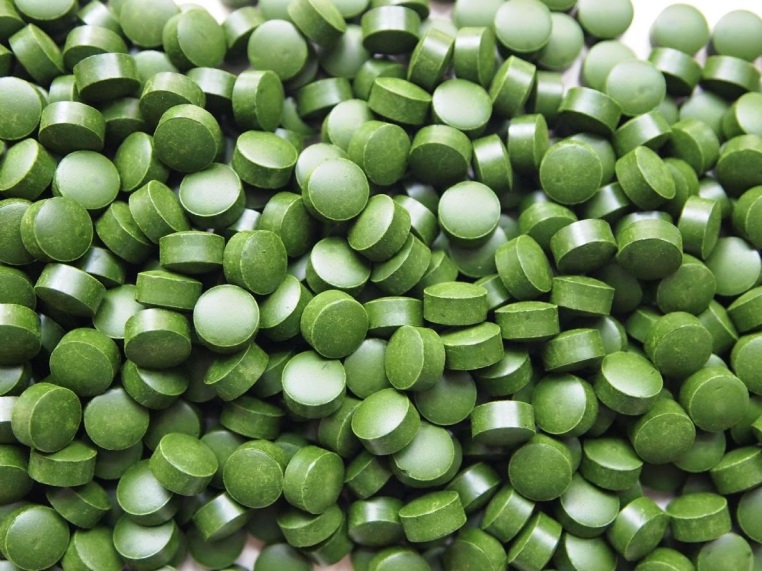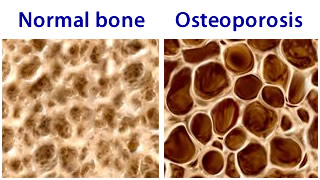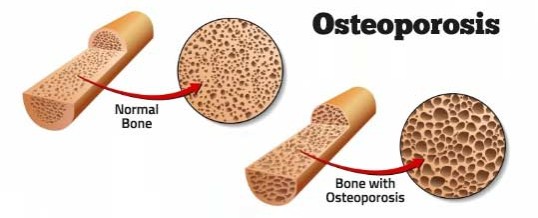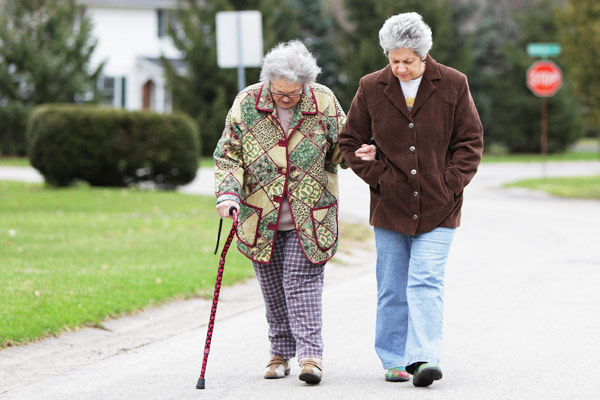Kerala, the land of coconut trees is popularly known as God’s own country in the tourism world. This tropical paradise with its beautiful beaches and endless greenery, is blessed with an abundance of coconut trees, that keep its population beautiful and healthy.
Kera means coconut and Kerala literally means the land of coconuts. The population in this small tropical Indian state looks distinctly different from the rest of India. They have lush black shining hair and silky smooth skin. Though many in the current generation may have switched to other cooking oils, they still use coconut oil for skin and hair care. The previous generations whose diets were high in coconut seemed to have an amazing lack of health challenges and the incidences of heart diseases were quite low.
The aroma and the flavor of authentic South Indian food comes from the coconut oil used in it. Fresh coconut oil is added as the last ingredient in many of the dishes, so that it’s flavor remains undiminished.
In my husband’s native village, my mother in law sun-dries the white coconut meat into dry copra and takes them to the mill to make clear, fresh, unadulterated coconut oil. We make fresh virgin coconut oil by boiling thick coconut milk and straining the clear oil. Its usage as a moisturizer, has done wonders for my daughter Tania’s eczema.
Coconut oil was mistakenly considered unhealthy, especially for the heart, because of its high saturated content. Scientific research has uncovered the unique properties of coconut oil, that gives health benefits beyond any other oil and now it’s gaining popularity as a nutritious health food. It is now proven that medium-chain fatty acids [MCFAs] in coconut oil are digested and metabolized differently from other oils.
Highly nutritious, coconut is rich in fiber, vitamins and minerals. Coconut oil has healing properties and is extensively used in traditional medicinal practices like Ayurveda. It has anti-fungal and antimicrobial properties and is believed to help in fighting cancer and heart disease.
Coconut Oil Boosts Immunity
Nearly 50% of fat in coconut oil is Lauric acid, also found in breast milk, is one of the predominant type of MCFA found in coconut oil. This miracle compound, rarely found in nature has unique health promoting properties that boost the immune system. Since coconut oil has resistance to free radical formation and has ability to support the immune system, it is useful in treating many ailments.
Coconut Oil is Good for the Heart
Populations that consume coconut oil on a regular basis are known to have lower rates of heart disease. Coconut oil has anti-inflammatory, antimicrobial and antioxidant properties that protect arteries and help in preventing atherosclerosis. Poly saturated oil increase formation of blood clots by increasing platelet stickiness while coconut oil promotes normal platelet function. Coconut oil has no trans-fat.
Coconut Oil is a Weight Loss Weapon
Coconut oil is known to increase the body’s metabolism, help the body burn more energy and improve thyroid function, all of which help in weight reduction. It helps in controlling cravings for sweets, sugar and carbohydrates.
Coconut Oil is Ideal for Skin and Hair Care
Coconut oil protects the skin from ageing effects of free radicals and promotes a youthful looking skin. It aids in exfoliating dead skin cells making the skin smooth and clear. It penetrates in the layers of the skin nourishing and moisturizing it. Virgin coconut oil is an excellent treatment for eczema and various other skin infections. Coconut oil is an excellent moisturizer and conditioner for hair.
Coconut oil Aids Digestion and Nutrient Absorption
MCFAs are easily digested as they do not require pancreatic enzymes and coconut oil is thus considered as ideal food for those with digestive problems and is used in infant formulas. It is associated in with improved blood sugar and insulin control. It is believed to improve mineral absorption and thus help in strengthening bones and teeth. Coconut oil is a rich source of Vitamin D which is necessary for absorption of calcium.
